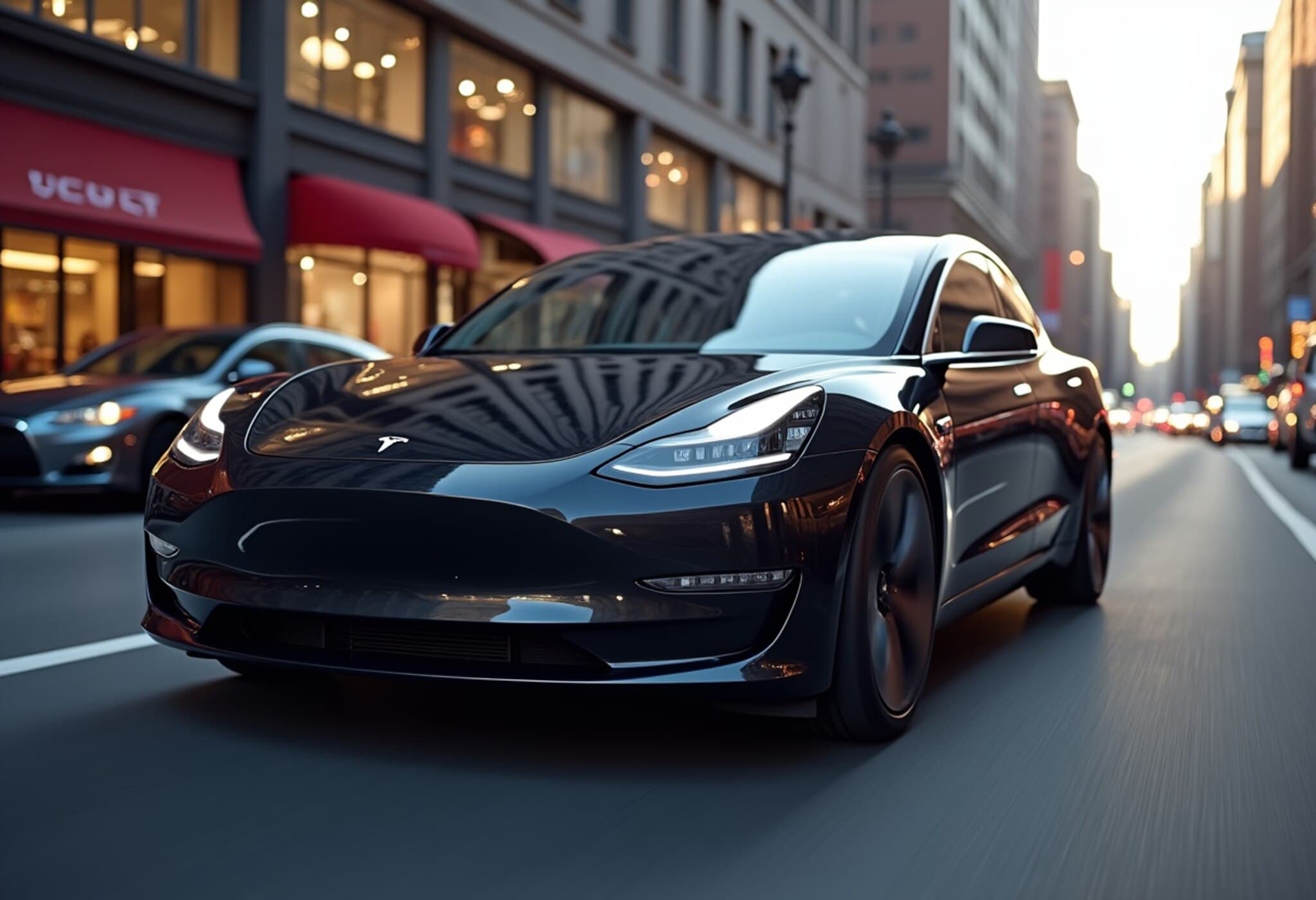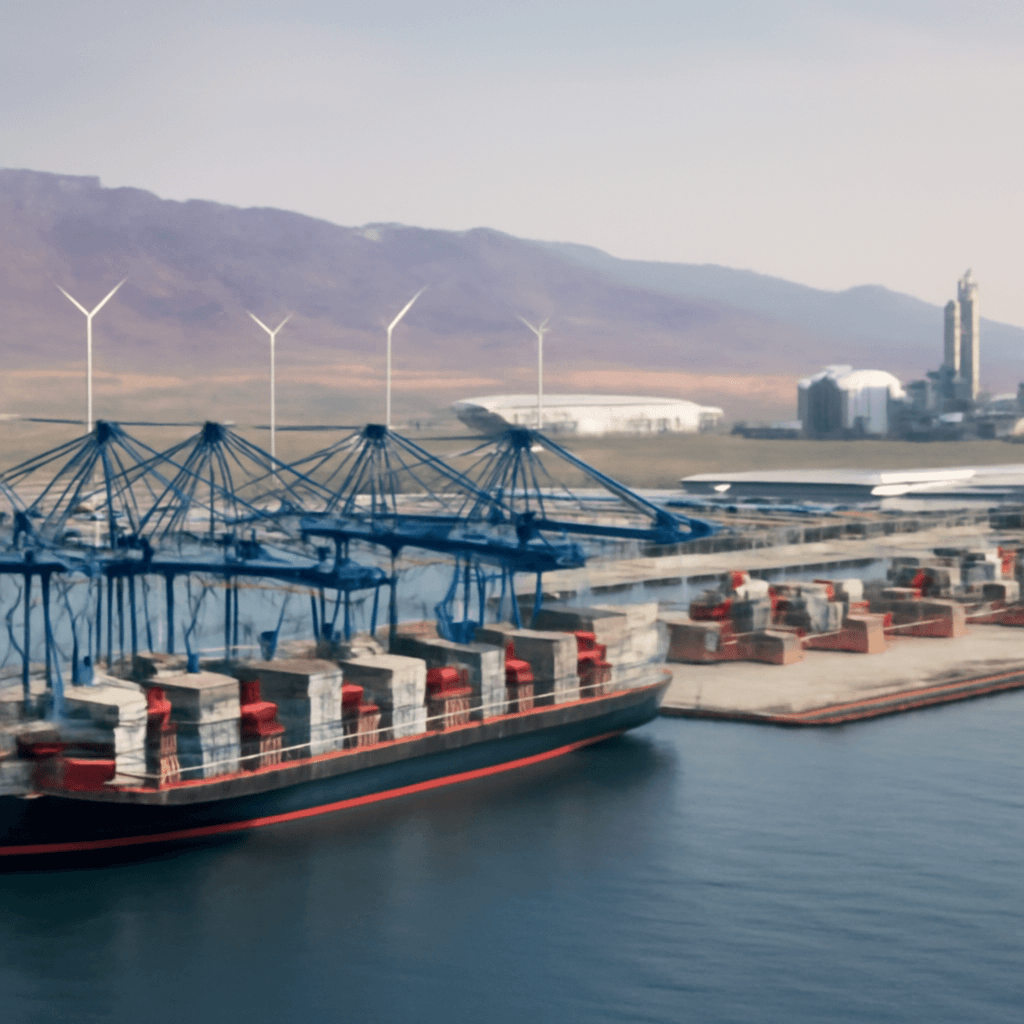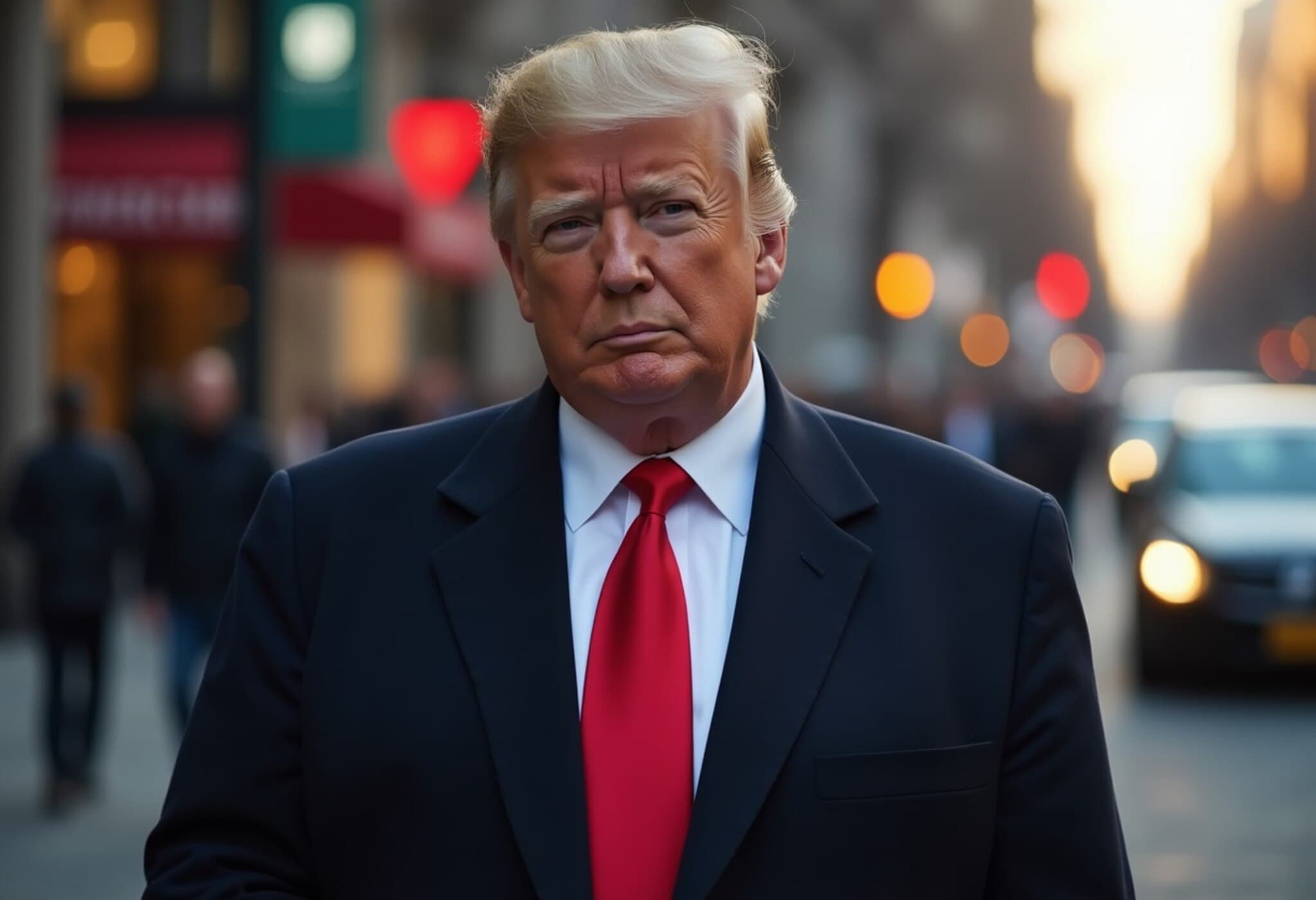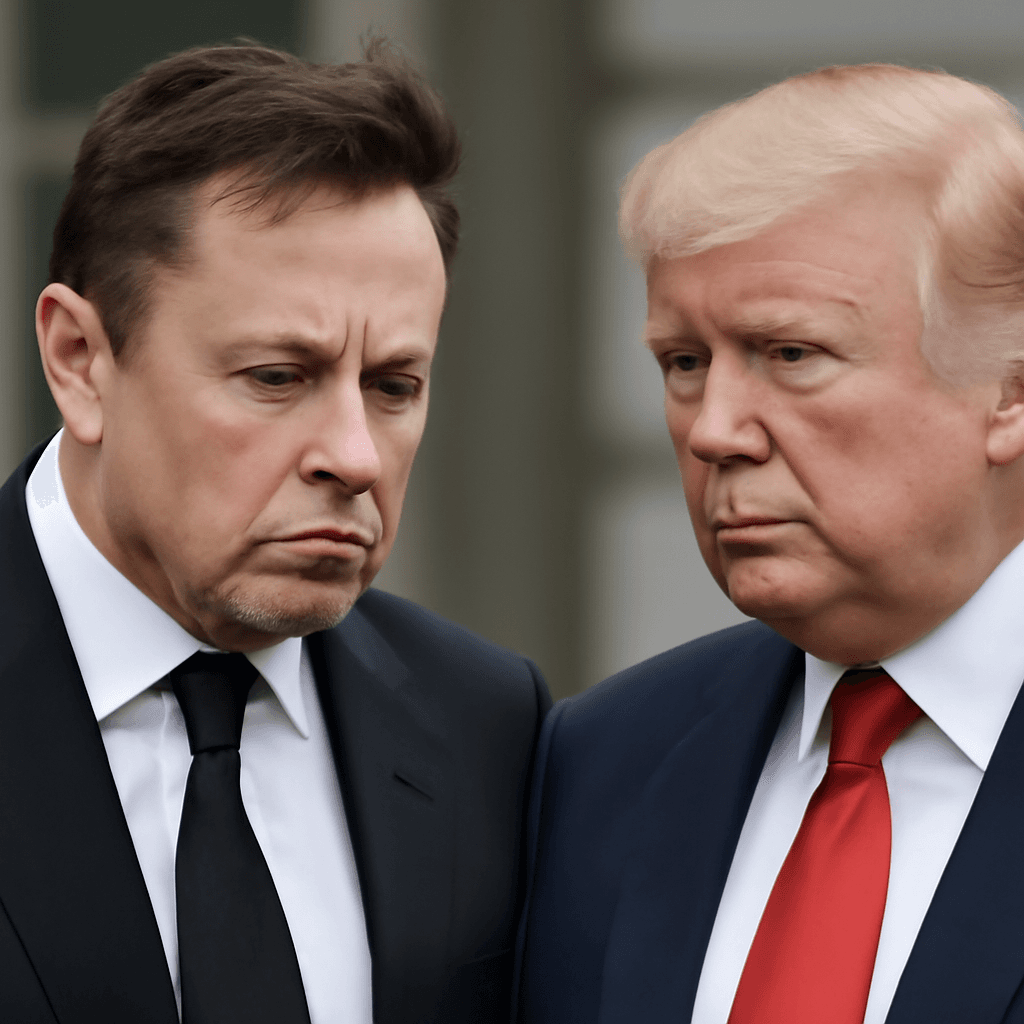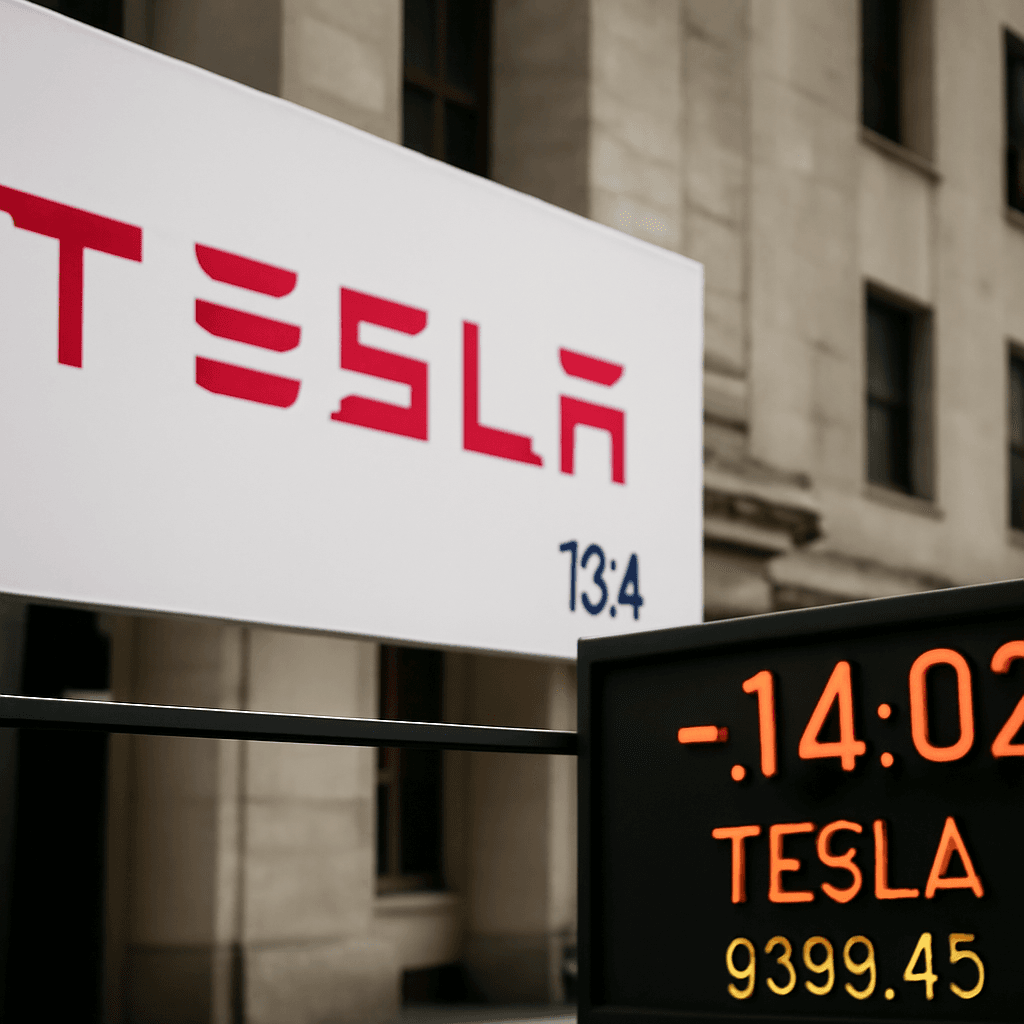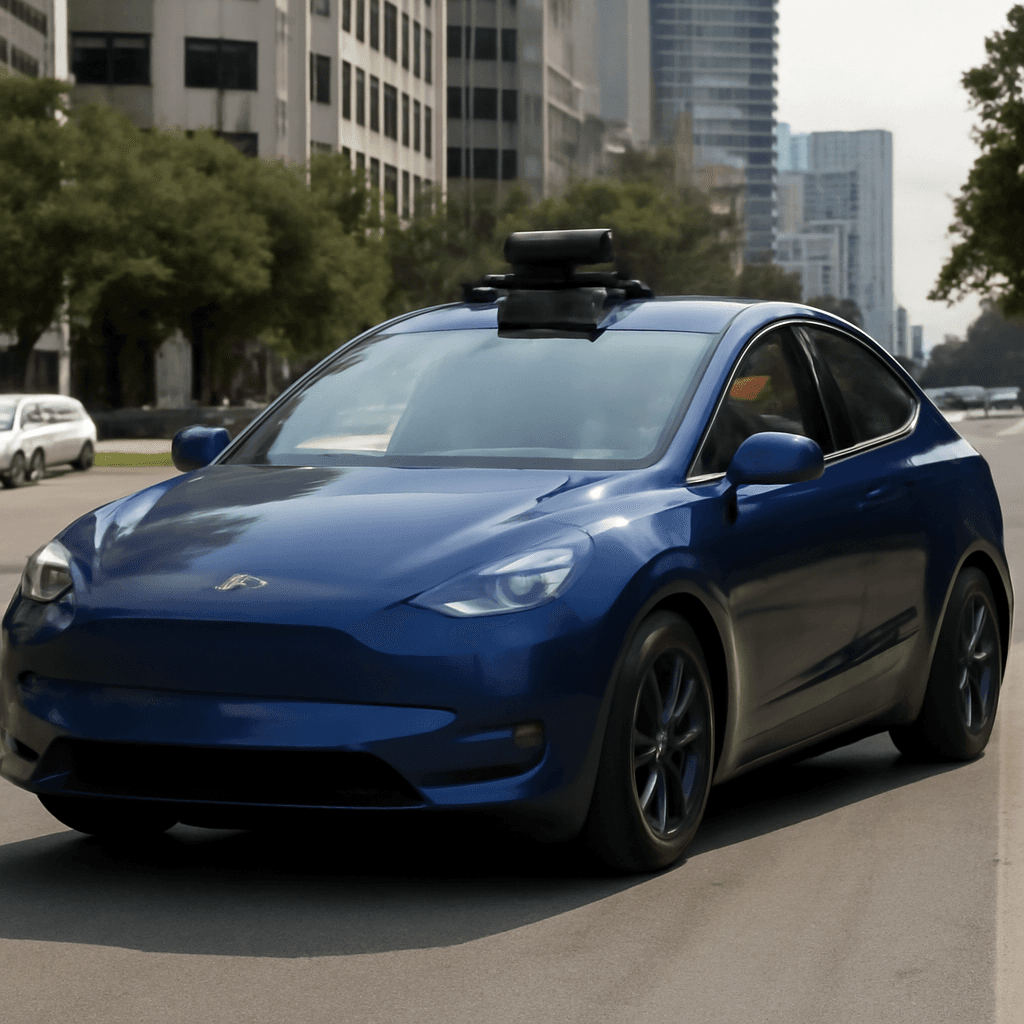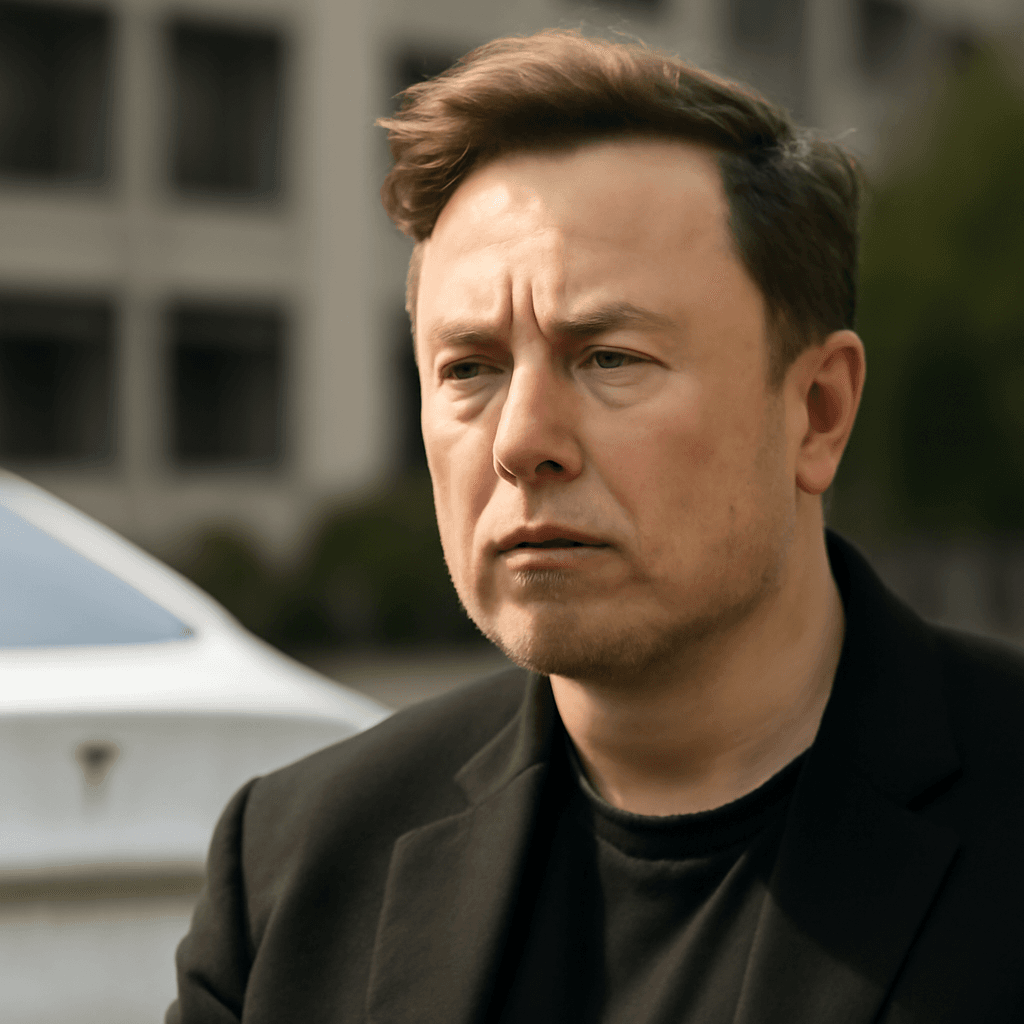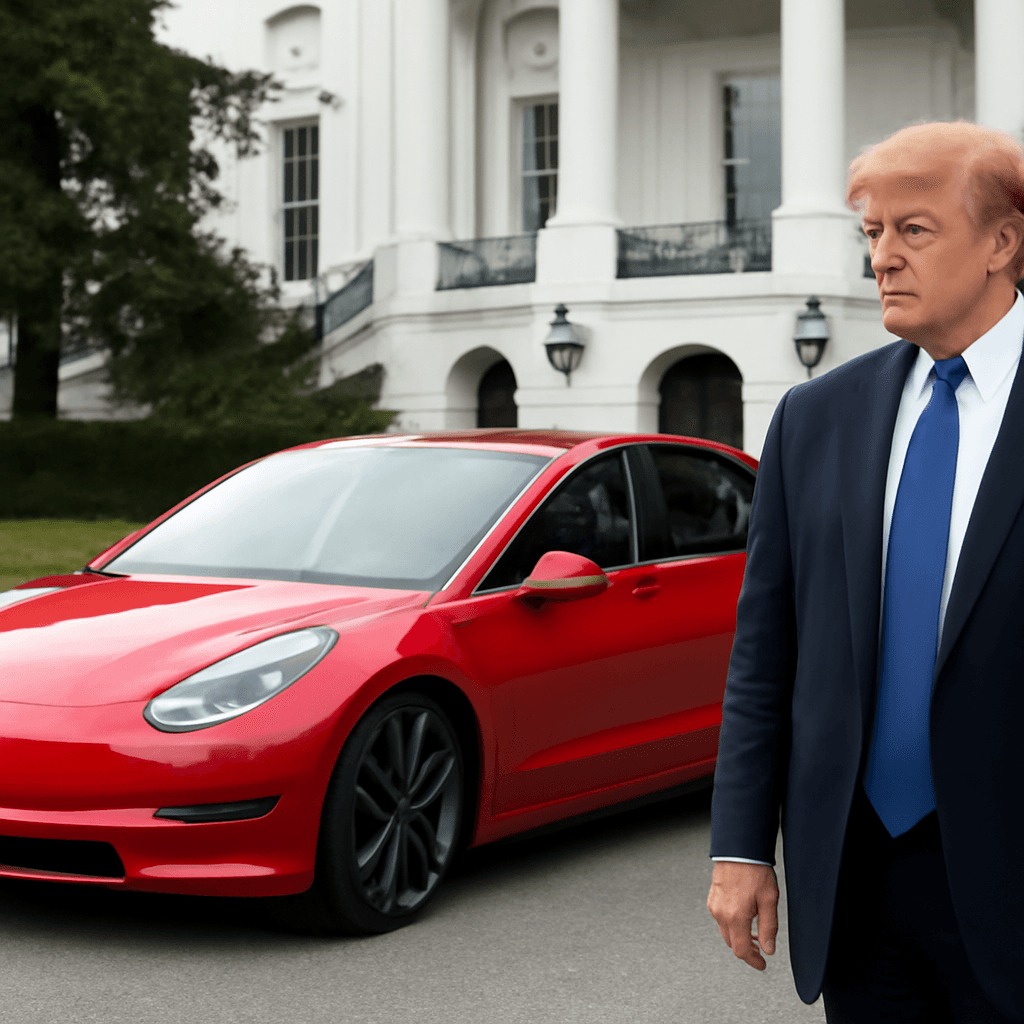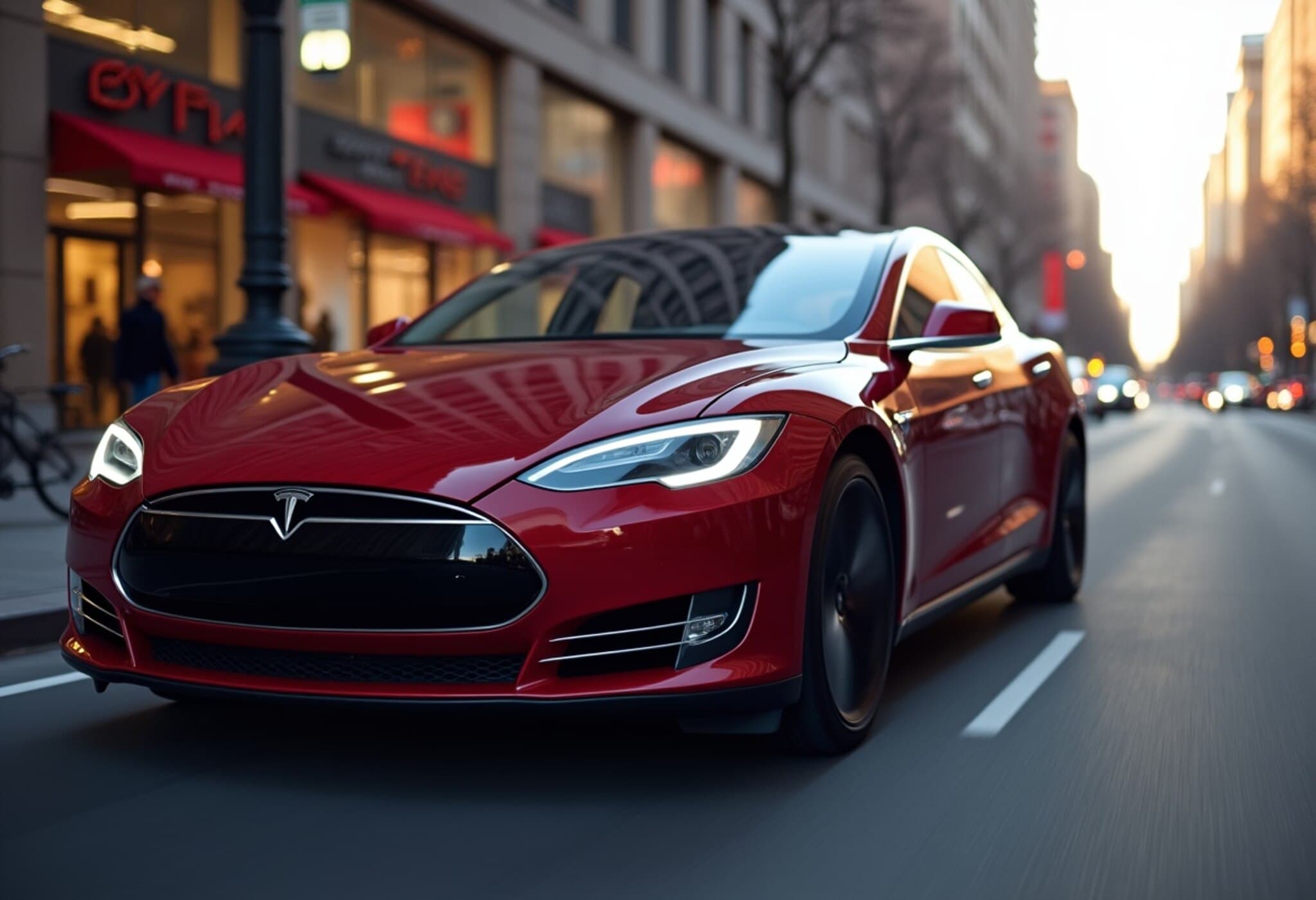Tesla’s 2025 Outlook: Navigating Disappointing Earnings Amid Ambitious Promises
In a year when the Nasdaq index soars to record highs, Tesla’s stock is slipping into troubled waters. So far in 2025, Tesla shares have dropped over 20%, marking it as one of the laggards among the tech mega-cap stocks. This decline followed a recent earnings report that left investors uneasy about the company’s near-term financial health and its ability to fend off fierce global competition.
From Visionary Dreams to Immediate Roadblocks
Elon Musk, Tesla’s visionary CEO, remains steadfast in painting a picture of a future dominated by fully autonomous, driverless Tesla vehicles generating income for owners through a robotaxi network. He promised during the latest earnings call that this service – currently tested on a limited scale in Austin, Texas – would expand to cover half the U.S. population by the end of the year, pending regulatory approvals.
Yet, this futuristic narrative failed to buoy the stock. Instead, investors honed in on troubling financial metrics: vehicle sales are down 16% year-over-year in Q2, profit margins are shrinking, and revenue benefits from government regulatory credits, which once enhanced Tesla’s earnings, are forecasted to vanish amid Republican-led policy changes.
The Competitive and Regulatory Landscape
- Competition Intensifies: Tesla faces rapidly emerging lower-cost electric vehicle (EV) manufacturers, particularly across China’s vast market, intensifying challenges to market share.
- Political Backlash: Musk’s political stances have triggered reputational challenges for Tesla in critical markets like the U.S. and Europe.
- Regulatory Hurdles: While Musk claims aggressive expansion plans for robotaxis into states such as Nevada, Arizona, and Florida, documentation reviewed by CNBC indicates Tesla has yet to secure necessary permits to operate driverless ride-hailing services in California – a pivotal EV market.
The California Public Utilities Commission (CPUC) currently restricts Tesla’s services to human-driven charter operations, not fully autonomous rides, signaling regulatory hurdles that could slow Tesla’s robotaxi ambitions.
Robotaxis: Dreams Versus Reality
In Austin, Tesla’s robotaxi fleet – around 10 to 20 Model Ys outfitted with advanced self-driving software – has clocked approximately 7,000 miles, limited to roads with speed limits of 40 mph or less. Importantly, these rides are supervised remotely by staff, with a human safety driver ready to intervene, highlighting the technology’s current limitations.
Contrast this with Alphabet’s Waymo, which boasts over 100 million autonomous miles driven across over 10 cities including New York and Philadelphia, with a growing revenue stream from autonomous transportation services classified under Alphabet’s “Other Bets.” This comparison underscores Tesla’s robotaxi venture is still in its early, experimental phase.
Analysts Weigh In: Optimism Meets Pragmatism
Canaccord Genuity analysts remain cautiously optimistic, recommending buy positions but emphasizing that “growth in the here and now” and improved profit and loss dynamics are crucial. Jefferies labeled Tesla’s earnings report as “a bit dull,” while Goldman Sachs noted that Tesla’s robotaxi service remains “small” with limited data proving its viability.
These expert perspectives suggest that while Tesla's long-term ambitions in AI and robotics hold promise, the company must address immediate financial and operational challenges to retain investor faith.
Elon Musk’s Unwavering Confidence
Despite the skepticism, Musk continues to champion Tesla’s AI capabilities, boldly stating on his social platform X that Tesla’s valuation could one day reach $20 trillion. On the earnings call, he claimed Tesla’s real-world AI surpasses competitors, including Google’s efforts, asserting leadership in autonomous vehicle technology and robotics.
However, Musk’s track record of overly optimistic timelines on autonomous driving has made Wall Street more cautious. After years of unmet deadlines, Tesla is now witnessing competitors like Waymo and Baidu taking a firmer lead in the crucial autonomous driving race.
What Lies Ahead for Tesla?
Tesla is at a crossroads. The company is transitioning from solely an electric vehicle and renewable energy manufacturer to also an AI and robotics player—a bold pivot that could redefine tech and transportation industries.
Key questions remain:
- Can Tesla overcome regulatory and competitive hurdles to scale its robotaxi service meaningfully in 2025?
- Will Tesla’s financial performance rebound as government credits phase out and tariffs affect costs?
- How sustainable is investor patience for futuristic promises without immediate profit growth?
Regional and Policy Implications
Given the U.S.’s growing emphasis on regulating autonomous vehicles, Tesla’s ability to navigate the patchwork of state and federal approvals could determine its robotaxi success. Moreover, shifting political landscapes impacting EV incentives may pressure Tesla’s earnings further, compelling a strategic recalibration.
Editor's Note: Navigating the Tesla Terrain
Tesla’s journey epitomizes the classic tension between visionary innovation and financial reality. Elon Musk’s bold visions for robotaxis and AI-driven robotics are undeniably enticing, yet the market’s current skepticism signals a demand for tangible progress and profitability. Investors, regulators, and industry watchers alike should pay close attention to how Tesla balances its ambitious future with the immediate business challenges it faces in an increasingly competitive and regulated environment.

